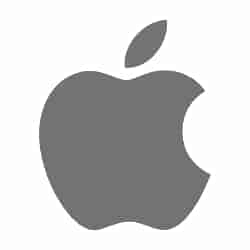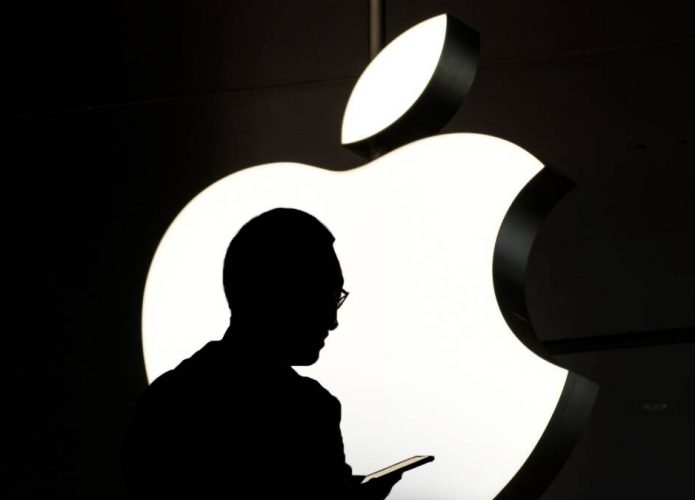
All about apple
January 24, 1984. Young Steve Jobs wearing an elegant black suit with a white shirt. His face was still that of a boy, with a long head of hair. He's obviously happy. It was no surprise: that day, he introduced his latest invention to the world: the Macintosh.
Steve Jobs' company had already launched two other computers years earlier, called Apple 1 and Apple 2, but neither of them gained much traction – neither among the media, nor the public, nor the specialized sector.
It was in this context that the first Mac (short for Macintoshi) appeared. He wanted to compete against IBM computers, which at the time were the market leader.
He didn't succeed, that's true. It was not a sales success, but it became an industry icon and revolutionized the sector.
The Macintoshi had a mouse, keyboard, and a black-and-white graphical interface, and was the first version of Mac OS. And there were jobs. The video above shows what a showman he was, and that he planned his presentations very well! Imagine yourself in 1984, and suddenly, a machine with a screen starts talking! It has attracted a lot of attention. Something really genius.
Read more
Brief timeline
- The first Mac from 1984 cost a lot of money! Yes, Apple has always provided high quality products but at high prices.
- The original Mac cost $2,495 (equivalent to more than $7,300 today). When making the conversion, the cost is approximately R$ 36,500!!!
- After some small updates in the following years, the new direction for the Mac operating system was set by Macintosh 2, starting in 1987.
- At the end of the decade came the portable models, the first entirely battery-powered and with an LCD screen, and the Classic model, a reinterpretation of the original, but with modern touches.
- This is where Apple was having some problems, as Windows started to grow a lot – perhaps peaking in the historic Windows 95 (which many people over 35 or 40 were struggling with).
- Needing to take a risk, Apple decided to adopt a new processor: the PowerPC, the result of a partnership between IBM, Motorola, and Jobs' own company.
- The first Macs with PowerPC technology were introduced in March 1994.
- Meanwhile, Steve Jobs left the company and returned in 1997.
- The model that represents this transitional period is the PowerMac G3, from 1998.
- In 2000, the Power Mac G4 Cube came out, which is considered one of the worst products in Apple's history – it was a really ugly cube.
- Its successor was the Power Mac G5, a truly rectangular machine and Apple's first 64-bit desktop computer, very powerful in performance and graphics processing.
- In 2005, Apple switched from IBM to Intel processors, and a year later, in 2006, several launches followed.
- Perhaps this era marks the emergence of Macs as we know them today: powerful machines with a beautiful design.
- There the first Mac Pro was born, which still exists today – with updates, of course; The first MacBook, Apple's laptop; The first MacBook Pro is stronger and more distinctive than its predecessor.
- Since then, we've gotten significant updates, but the names and concepts have remained the same.
The future of the Mac – is there still wood to burn?
This timeline only refers to the Macintoshi, Apple's longest-running product.
Now, it's no secret that the company's main revenues don't come from personal computers (PCs). Since 2001, when it launched the iPod, the company has begun to look more closely at other products.
From iPad to iPhone, already thinking about the next big launch, Vision Pro, Apple relies less and less on Macs, but, believe me, is not thinking of abandoning them.
According to The Verge, the company will release its 2023 financial results next week, and Mac sales should be among the best ever recorded in the product's entire history.
Well, in a day, Apple will launch the Vision Pro, but the Mac will still have its moment of glory.
American journalist Jason Snell provides an interesting report on the importance of the Mac for Apple.
Twenty years ago, on the twentieth anniversary of the Mac, Steve Jobs asked whether the product would still be relevant to Apple in the iPod era. The answer was direct: “it is clear”.
Ten years later, on the 30th anniversary of the Mac, a conversation with Apple CEO Phil Schiller took the same line: “Our view is that the Mac will continue to work forever.”He said.
This year, on its 40th anniversary, the conversation was with Greg Joswiak, Apple's senior vice president of Worldwide Marketing. His response was this:
“The Mac is the foundation of Apple…and today, 40 years later, it remains an important part of our business. Plus, we run Apple, one of the largest companies in the world, on…Macs.”
The argument seems irrefutable. Your Mac should truly be eternal.
Information is from the edge.

“Coffee trailblazer. Social media ninja. Unapologetic web guru. Friendly music fan. Alcohol fanatic.”

